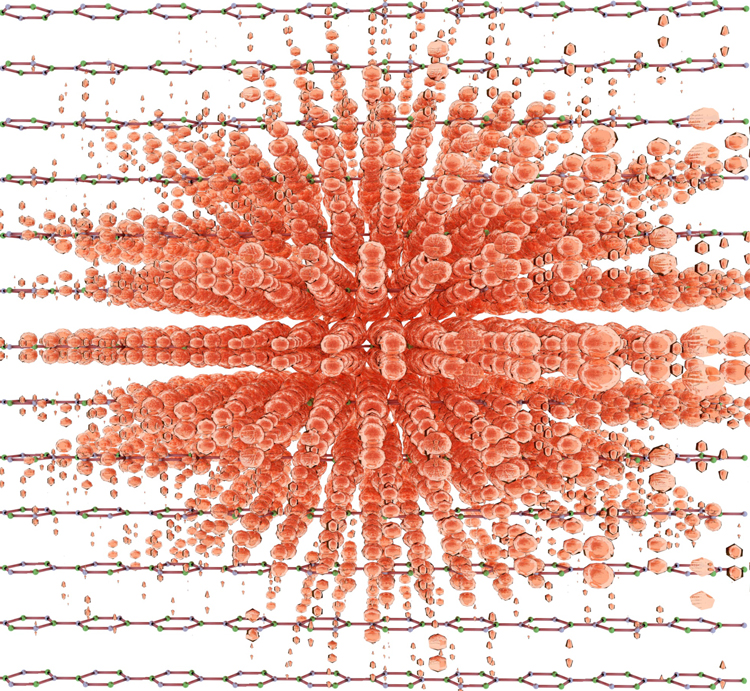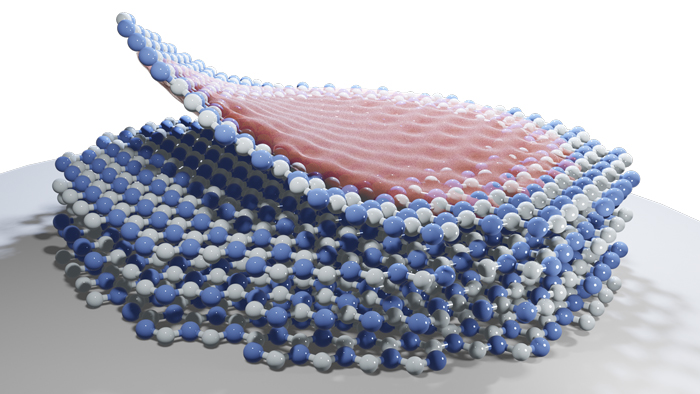A new leaf has turned in scientists’ hunt for developing cutting-edge materials used in organic light-emitting diode (OLED) TV’s, touchscreens, and more. The advance involves the polaron, a quasiparticle consisting of an electron and its surrounding distortions of atoms in a crystal lattice.
Simulations on the Texas Advanced Computing Center’s (TACC) Frontera supercomputer have helped scientists map for the first time the conditions that characterize polarons in 2D materials, the thinnest materials that have ever been made.
”We charted a map to indicate in which materials polarons should be found, under what conditions, and the characteristics of their properties,” said Feliciano Giustino, professor of Physics and the W. A. ‘Tex’ Moncrief, Jr. Chair of Quantum Materials Engineering at the Oden Institute for Computational Engineering and Sciences (Oden Institute) and the Department of Physics, College of Natural Sciences, The University of Texas at Austin.
Understanding polarons can help improve the performance and efficiency of devices such as touchscreens for phones and tablets, and the organic light-emitting diodes of OLED TVs, which rely on electric charge transport through polarons.
What’s more, generating hydrogen fuel from the splitting of water by sunlight is considered the ‘holy grail’ of energy science, a process which can be achieved through charge transport from polarons in key materials such as titanium dioxide.
Giustino is the lead author on work published February 2023 in Nature Physics. In it, he and study co-author Weng Hong Sio of the Oden Institute and the University of Macau determined the fundamental properties of polarons in 2D materials using quantum mechanical theory and computation.
Little has been known about polarons in 2D materials, until now. Polarons have been well-studied theoretically over the past 100 years, and characterized experimentally for three-dimensional bulk solids


